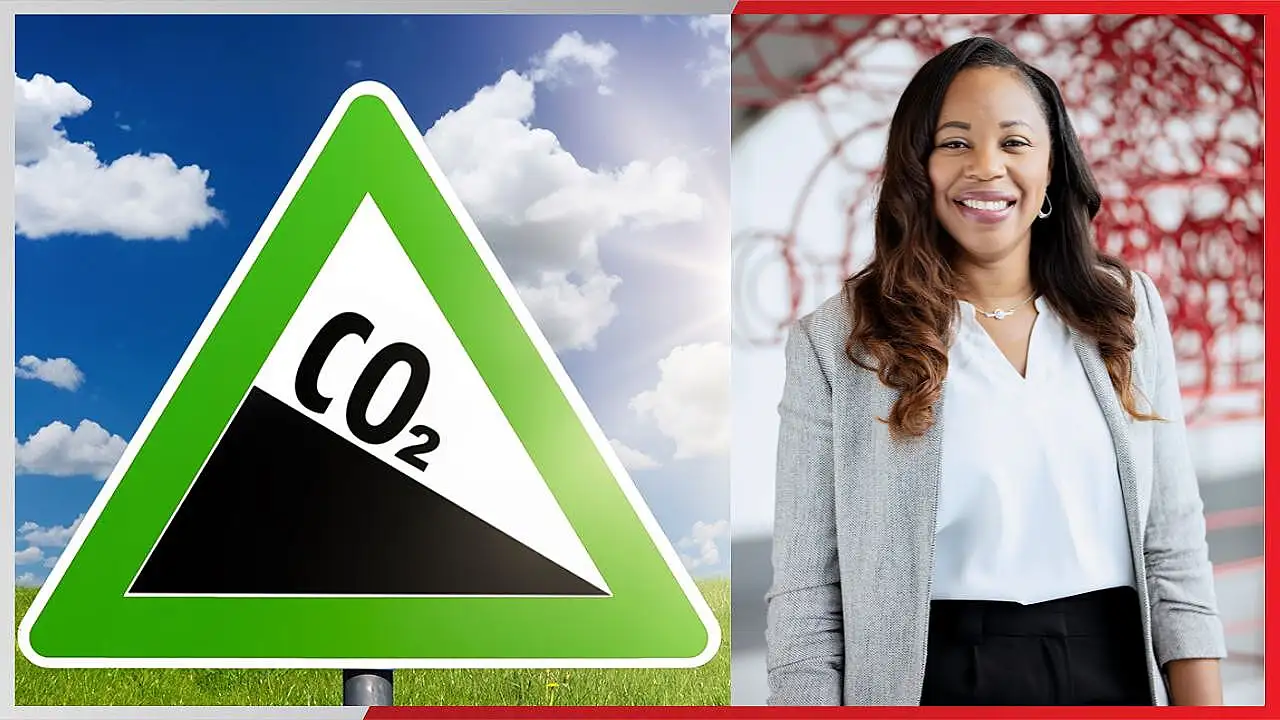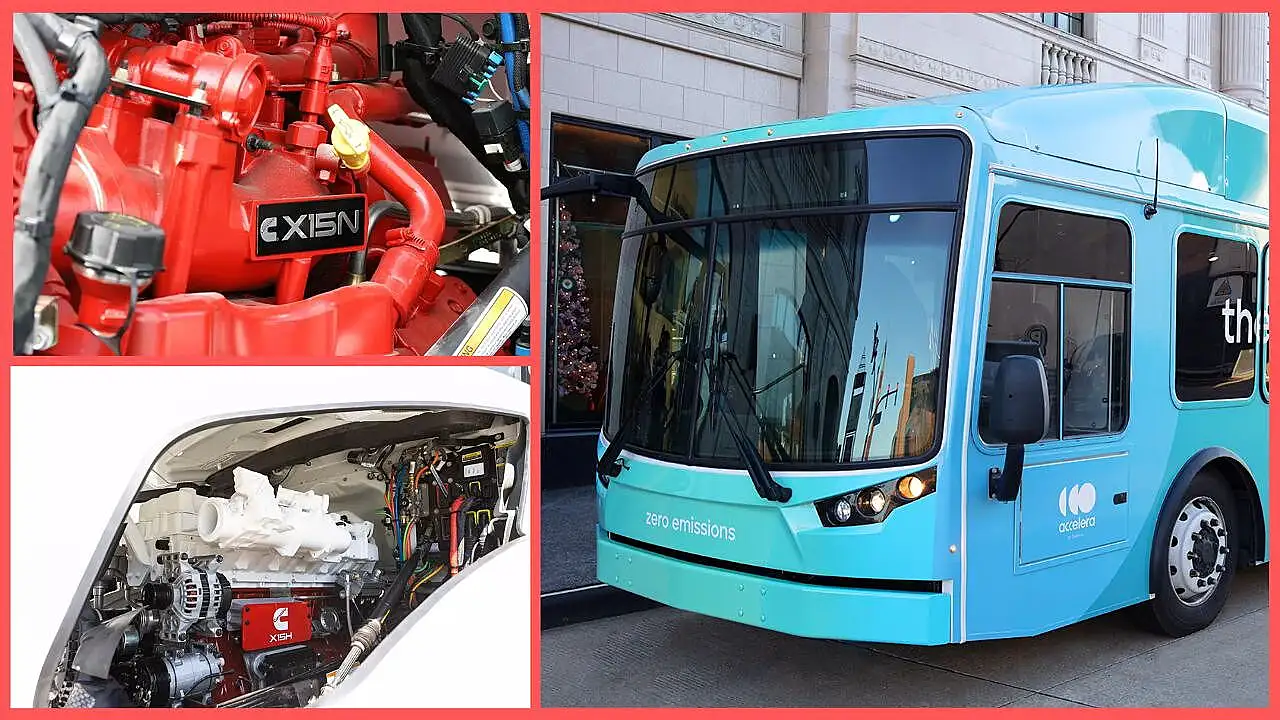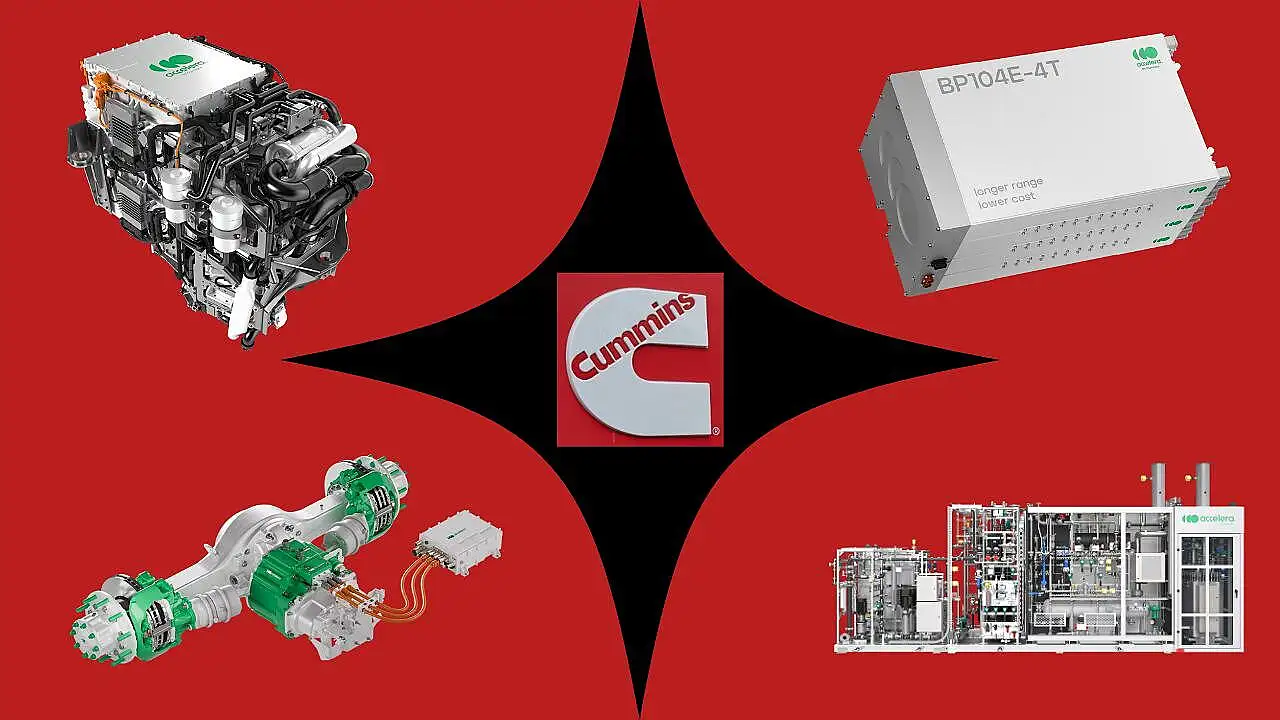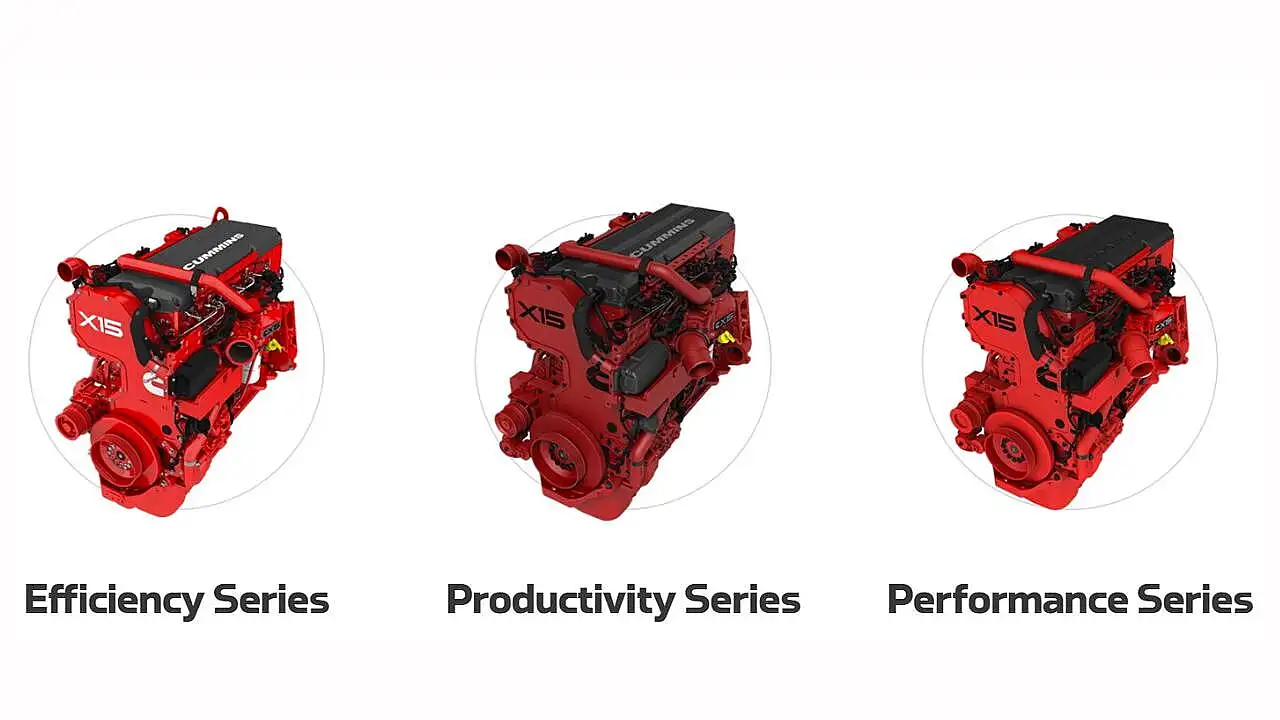
As the global transportation industry shifts toward cleaner and more sustainable technologies, companies like Cummins face a complex set of challenges in providing engines for on-highway applications. Serving a diverse range of segments—including buses, heavy-duty and medium-duty trucks, light commercial vehicles, pick-ups, and prime movers—the company must navigate stringent emission regulations, infrastructure limitations for alternative fuels, the delicate balance between performance and cost, shifting fuel preferences, evolving customer expectations, and increasing competition. Additionally, supply chain constraints and the rapid adoption of digital and connected technologies further complicate the landscape.
Yet, despite these hurdles, the core mission remains unchanged—ensuring the seamless movement of goods and people while meeting strict deadlines and operational goals. Cummins, with its century-long legacy of innovation, continues to stay ahead of the curve, responding proactively to industry demands. The recent launch of the 6.7L Turbo Diesel engine system for the global market, along with the unveiling of next-generation HELM (Higher Efficiency, Lower Emissions, Multiple Fuels) engine platforms—including the high-performance L10 engine, an advanced Hydrogen Fuel Delivery System (FDS) with Type IV on-vehicle storage vessels, and the innovative B6.7N natural gas engine—at Bharat Mobility 2025, India, underscores its focus on continuous innovation.
In the ever-evolving landscape of on-highway transportation, Cummins continues to push boundaries, not just through technological advancements but also through leadership that fosters resilience and innovation. We recently spoke with Jane Beaman, Vice President – Global On-highway & Pickup Business at Cummins, who oversees a $4 billion P&L across several flagship products, to understand how the company manages challenges while staying ahead in the industry.

Reflecting on her 21-year journey with Cummins, Beaman highlighted the company’s century-old legacy, built on the pillars of dependability, integrity, and leadership. 'One of the things we're known for—beyond our brand promise of dependability—is our core values: caring, integrity, and authentic leadership,' she shared. Beaman credits her growth to the mentorship of great leaders who emphasised building talented teams and leading with authenticity—an approach she continues to uphold in her role.
Cummins’ strength lies not just in its cutting-edge technology but in its global talent pool, with India playing an increasingly pivotal role in the company's expansion strategy. 'We have a highly skilled group of engineers and leaders in India, and over the last several decades, their responsibilities have expanded beyond the domestic market to leading design, development, and sales on a global scale,' Beaman noted.
Connectivity & Smart Technologies
As the transportation industry undergoes rapid digital transformation, connected technology has become an essential enabler of efficiency, performance, and predictive maintenance. Speaking on this technological shift, Beaman highlighted the company’s long-standing expertise in connectivity and how it continues to evolve to meet customer needs.
'Connectivity is not new to our industry. Cummins has been integrating digital solutions for nearly a decade, and it’s improving every day,' Beaman noted. The key, she emphasised, lies in understanding how customers use their applications, identifying relevant data points, and ensuring smart utilisation of that data to enhance vehicle performance.
The company’s advanced data analytics ecosystem collects and processes over 400 data attributes directly from the Engine Control Module (ECM). This wealth of information enables prognostics, preventive maintenance, and inventory optimisation, ensuring that critical components are readily available in case of system failures. 'We’ve leveraged digital connectivity in various ways across global markets, allowing us to continuously refine our products and make them smarter,' Beaman added.

Navigating Challenges In Alternate Fuels
Addressing the challenges in adopting alternate fuels, particularly Hydrogen Internal Combustion Engines (ICE), Beaman acknowledged that while she is not an engineer, she understands the broader hurdles that need to be tackled. 'From a 50,000-foot perspective, the key challenges extend beyond technology—these are areas we are confident in overcoming within Cummins. The real obstacles lie in infrastructure, regulatory policies, and cost,' she explained.
Beaman emphasised that achieving large-scale adoption of hydrogen-powered engines requires collaboration across different regions and applications, each demanding a unique value chain and ecosystem. 'India is making significant strides in hydrogen production, which is encouraging. However, for hydrogen to become a viable alternative, there are additional elements that must fall into place—such as supply chain readiness, storage, transportation, and delivery infrastructure,' she noted.
While Cummins is actively investing in these areas, Beaman highlighted that industry-wide efforts, government policies, and OEM partnerships are crucial to scaling hydrogen adoption. 'For costs to come down and hydrogen to be a truly competitive solution, we need stronger collaborations with policymakers, infrastructure providers, and automotive manufacturers,' she added.
Building A Greener Future
Sustainability is no longer just a buzzword—it is a critical mandate for businesses striving toward a zero-emissions future. For Cummins, achieving its ambitious sustainability goals goes beyond internal initiatives; it requires a fully integrated approach where every stakeholder, from suppliers to customers, plays a pivotal role in reducing environmental impact across the value chain, she said.
Addressing the challenges of creating a truly green supply chain, Beaman, said, 'We have been focused on this for a long time because we recognise that for us to be successful, our entire ecosystem—our suppliers, customers, and employees—must align with our vision. Sustainability is not an isolated effort but a collective mission.'

To ensure a seamless transition, the company actively collaborates with its suppliers, helping them adapt to evolving environmental standards and integrate cleaner technologies. The company not only strengthens relationships with its existing partners but also explores opportunities to onboard suppliers who can better support its long-term sustainability objectives. 'As we implement different facets of our strategy, we work closely with our suppliers to ensure they are equally prepared to meet these new expectations. In some cases, this means developing partnerships with new suppliers who bring fresh capabilities aligned with our future roadmap,' Beaman added.
Multi-Path Approach
As the global transportation industry accelerates toward electrification, the role of internal combustion engines (ICE) continues to evolve, though it may face challenges ahead. While commercial and off-road applications may continue to rely on ICE in some capacity, emerging technologies like hydrogen and battery-electric powertrains are reshaping the future. For a company like Cummins, historically rooted in fossil fuel-based engines, this transition presents both challenges and opportunities, she pointed out.
'Our strategy is built around Destination Zero—a commitment to achieving net-zero emissions while remaining technology-agnostic,' explained Beaman. 'Diesel remains our predominant fuel type today, and we are continuously refining it to be cleaner and more efficient. But at the same time, we are making significant investments across a broad spectrum of power solutions, including natural gas, battery-electric, hydrogen fuel cells, and hydrogen internal combustion engines.'
By embracing a diversified approach, Cummins is ensuring it is prepared for multiple technological pathways rather than betting on a single solution. 'There is no one-size-fits-all solution. We serve a variety of markets, and each will transition to new technologies at its own pace, based on operational needs, infrastructure readiness, and economic feasibility,' she adds.
In line with this multi-faceted strategy, the company has also expanded its capabilities in electrification, including the production of e-axles, a crucial component for electric commercial vehicles. This move was bolstered by its acquisition of Meritor, a leader in drivetrain and electric propulsion solutions, allowing Cummins to integrate advanced electrification technologies seamlessly into its portfolio.
By prioritising customer needs and adapting to market transitions with a flexible, fuel-agnostic approach, Cummins is positioning itself as a leading player in the evolving power solutions landscape—ensuring it remains at the forefront of the journey toward a cleaner and more sustainable future.
Also Read:
Cummins’ Enhanced Fossil Fuel Engines: A Bridge To A Cleaner Energy Future